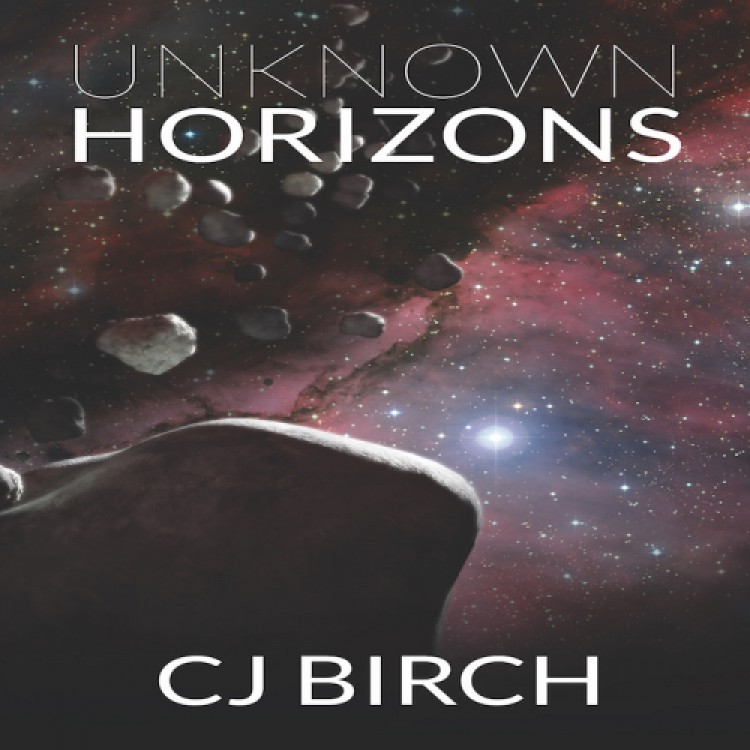CJ Birch blogs:
Of all the species that have ever lived on Earth, Homo Sapiens is the most dangerous. We may not have big teeth like crocodiles or large sharp claws like T. Rex or even tubby bottoms to wave around like sea lions because we don’t need any of that. We have something deadlier. An imagination.
Homo Sapiens’s cognitive revolution may have taken epochs to evolve, but once it did, it led the charge. Homo Erectus spent two million years using the same tools. Two million! We (Homo Sapiens) can’t even go a year without wanting the newest smartphone upgrade.
The ability to conceptualize an idea and bring it to fruition is uniquely human. It means we can imagine how much better hunting would be if we could take down large mammoths without having to get near their large stomping feet, and then inventing a way to make that happen. The more stuff we want, however, the more materials we need. And consequently, the more we destroy the environment.
Ever since I was young I’ve had a morbid fascination with the future extinction of the human species. When I read H. G. Wells’s The Time Machine, I wanted to be the Time Traveller, whose curiosity brings him 30 million years into the future, just to see what becomes of us. I want to see what becomes of us.
Because there is no doubt we will one day become extinct; 99 percent of all species that have ever lived on Earth have died out. The real mystery is how and when.
Earth will go on once we’re extinct. It’s been through worse than what we can throw at it. The question I asked when writing Unknown Horizons was: What if we left? And if we did, where would we go?
In my imagined future, Earth is nothing more than a glorified dump. Humans haven’t lived there for over one hundred years. We fled Earth to populate the asteroid belt that circles our solar system between Mars and Jupiter.
Why asteroids and not Mars?
Asteroids have everything a growing civilization needs—water, raw resources, and proximity to the sun for energy. Terraforming Mars is much more difficult to do. But the asteroid belt is only a temporary solution. For the species to survive long term, they need something more stable than a bunch of giant rocks hurtling through space at twenty-five kilometers per second.
The solution is the Posterus, the first ever generational ship. The plan is to load 45,000 humans of all different specialties on board and send it toward a habitable planet. That’s the plan anyway. Things quickly go wrong in a way no one would have predicted.
I had a lot of fun building this future world. I wrote a whole history (much of which never made it into the book) about how humans managed to get themselves evicted from their own planet. There were two things I knew when I started. One, I wanted humans to be struggling. I didn’t want the future to have all the answers. And two, I wanted my main characters to be relatable.
What fascinates me most about human culture is how universal it is. Even if you travel from country to country, eon to eon, the fundamentals are always the same. There will always be laughter and conflict, compassion and cruelty, hope and despair, and there will always be the haves and have-nots.
I wanted to capture this universality and root my characters in a believable world. Even though it’s science fiction, I wanted the science to be believable and the relationships between characters familiar. Plus intrigue, explosions, and of course, space pirates.


